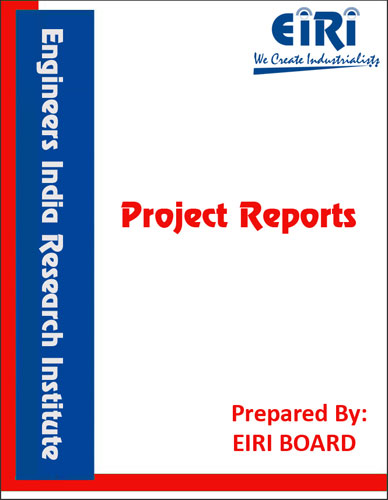CAFFINE FROM TEA WASTE
The project report includes Present Market Position and Expected Future Demand, Market Size, Statistics, Trends, SWOT Analysis and Forecasts. Report provides a comprehensive analysis from industry covering detailed reporting and evaluates the position of the industry by providing insights to the SWOT analysis of the industry.
We can prepare PROJECT REPORT as per your INVESTMENT PLAN for BANK LOAN REQUIREMENT and INDUSTRY ANALYSIS. All reports are prepared by highly qualified consultants and verified by a panel of experts.
Have Query? Click Here to Chat
Industry Expert is Online, Chat with him for more detail.

In the processing of tea, a certain percentage of the total tea produced accumulates as tea waste in the form of sweepings or fluff, stacks and leaves. This waste has a caffeine content of 1.5-3.5% and presents itself as an attractive raw material for production of a very valuable product – caffeine.
Caffeine is widely used in pharmaceuticals both as a free base and as mixture (e.g. citrated caffeine and caffeine/sodium benzoate) The Regional Research Laboratory, jorhat has developed a process for extraction of caffeine from tea waste. Presently one firm uses this technology commercially and produces about 25-30 tonnes of caffeine per annum.
Project Reports Cover:
- Introduction
- Uses and Applications
- Properties
- Market Survey with future aspects
- Present Manufacturers
- B.I.S. Specifications
- Manufacturing Process with Formulae
- Cost Economics with Profitability Analysis
- Capacity
- Land & Building Requirements with Rates
- List & Details of Plant and Machinery with their Costs
- Raw Materials
- Details/List and Costs
- Power & Water Requirements
- Labour/Staff Requirements
- Utilities and Overheads
- Total Capital Investment
- Turnover
- Cost of Production
- Break Even Point
- Profitability
- Land Man Ratio
- Suppliers of Plant & Machineries and Raw Materials.



